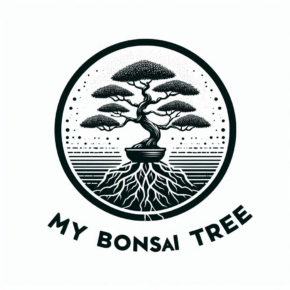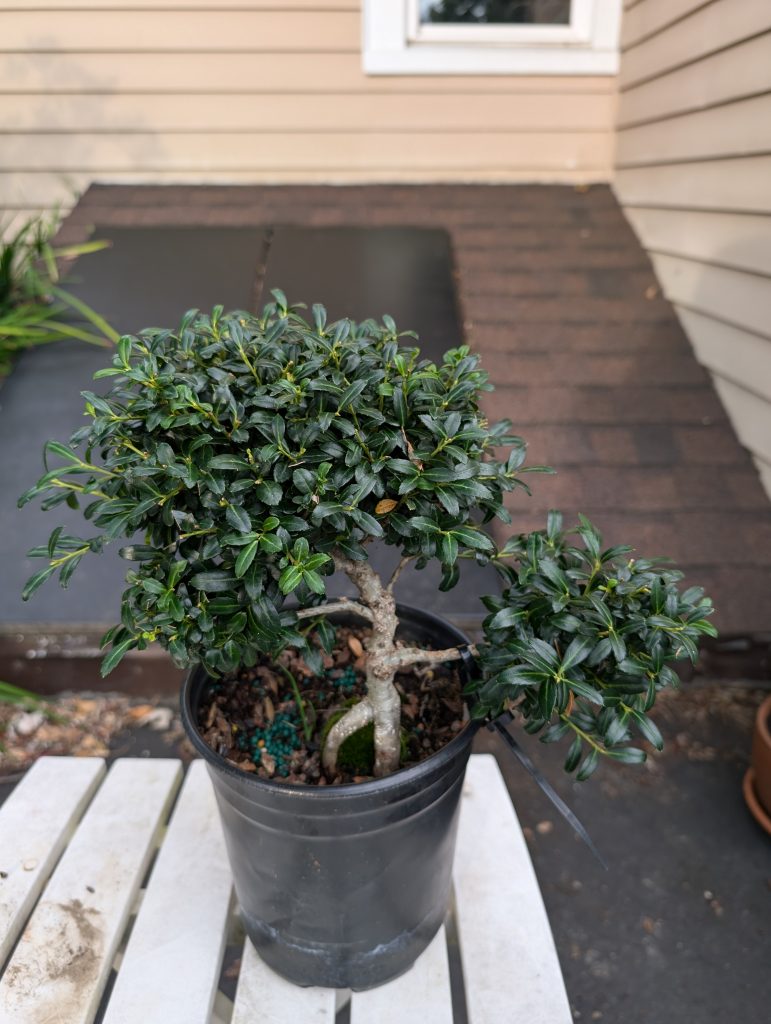Among the many species suitable for bonsai cultivation, Japanese Holly (Ilex crenata) stands out as a favorite for its aesthetic appeal and hardiness. However, like any other plant, creating a bonsai out of Japanese Holly has its own set of benefits and challenges. Understanding these characteristics is essential for bonsai enthusiasts, whether they’re beginners or seasoned practitioners.
Beneficial Characteristics of Japanese Holly as a Bonsai Tree
Compact Growth Habit – Japanese Holly has a naturally compact growth habit, making it ideal for bonsai. Its dense, small-leaved structure allows for the creation of intricate, aesthetically pleasing designs. The leaves are small, dark green, and glossy, which mimics the look of larger trees in a scaled-down form.
Hardiness and Adaptability – One of the biggest advantages of Ilex crenata is its hardiness. Japanese Holly can withstand a variety of conditions, from full sun to partial shade. It is resilient to cold weather, which makes it suitable for bonsai cultivation in different climates. This durability means it can thrive outdoors, though it does require some protection in extremely cold temperatures.
Tolerant of Pruning and Shaping – Japanese Holly is highly tolerant of pruning and shaping, which is essential in bonsai artistry. The branches can be wired and trained into different styles, including formal and informal upright, cascade, and even slanting styles. This flexibility allows for creativity in shaping the bonsai to match your vision.
Attractive Seasonal Features – In addition to its evergreen leaves, Japanese Holly often produces small white flowers in the spring, followed by black or dark purple berries. These seasonal features add year-round interest to the tree, enhancing the overall aesthetic appeal of the bonsai.
Resistant to Pests and Diseases – Japanese Holly is generally resistant to many common pests and diseases, making it a relatively low-maintenance species for bonsai cultivation. Its natural resilience reduces the need for frequent chemical treatments, making it a good choice for those looking to maintain an organic or low-intervention bonsai garden.
Challenging Characteristics of Japanese Holly as a Bonsai Tree
Slow Growth Rate – While the compact growth habit of Japanese Holly is a benefit, its slow growth rate can be a challenge for those eager to see quick results. It can take years to achieve the desired size and shape, requiring patience and a long-term commitment. This characteristic might be frustrating for beginners or those used to faster-growing species.
Soil and Watering Requirements -Japanese Holly bonsai requires well-draining soil, as it is sensitive to water retention in the roots. Overwatering can lead to root rot, while underwatering can cause stress. Striking the right balance can be challenging, especially for novices who might not yet have developed an intuitive understanding of the plant’s needs.
Sensitive to Extreme Conditions – Although Japanese Holly is hardy, it is still sensitive to extreme environmental conditions, especially in terms of cold winds and frost. If grown in a temperate zone, you’ll need to monitor your bonsai tree closely and provide adequate protection during the winter months. The roots, in particular, are more exposed when grown in shallow bonsai pots, so mulching or bringing the plant indoors may be necessary in harsher climates.
Wiring Caution – The branches of Japanese Holly are relatively stiff compared to other bonsai species. This can make wiring and bending the branches more difficult, requiring extra caution to avoid breakage. Branches that are too thick may not respond well to wiring, limiting the design potential in older or more mature trees.
Pest Susceptibility in Certain Conditions – While generally resistant, Ilex crenata is not immune to all pests. Spider mites, aphids, and scale insects can occasionally become problematic, particularly if the tree is stressed due to improper watering or environmental conditions. Regular inspections and appropriate interventions are necessary to keep the tree healthy.
Conclusion
Creating a bonsai tree out of Japanese Holly offers a rewarding experience, combining beauty, resilience, and artistic expression. Its compact growth, ease of pruning, and seasonal appeal make it an excellent choice for bonsai enthusiasts. However, the challenges of its slow growth, sensitivity to water and extreme conditions, and careful wiring requirements demand patience and skill.

